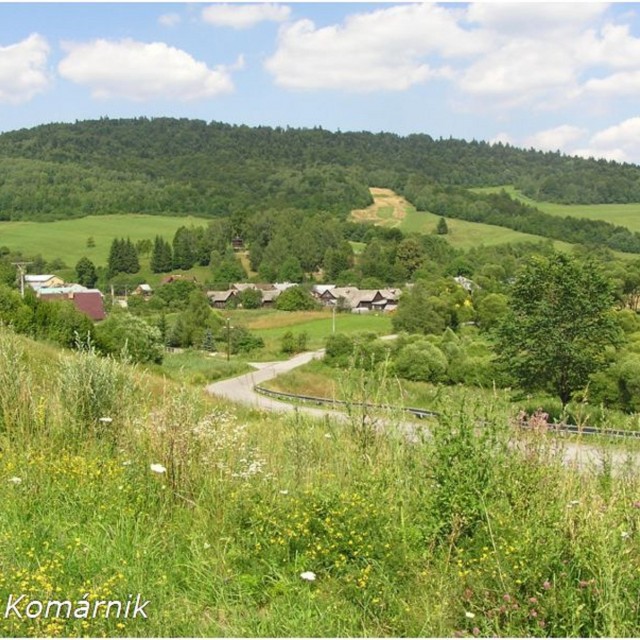Blood-stained battalion
Mikuláš Hulín, as a soldier in the compound reconnaissance unit of the 1st Czechoslovak Army Corps, experienced the battle of the Nižný Komárnik village in October 1944. He remembers that he and his squadron were the first to attack the Wehrmacht positions in the community. A Soviet mine launcher unit was to support them from the rear. But it launched fire at the wrong target. “They launched two or three mines right in the middle of our boys. Twenty of them were killed on the spot. I thought it would drive us crazy. My liaison-boy was hit in the head – it chopped the top of his head off. He took a few more steps and dropped. I was lucky in that he was ahead of me – I would have been hit,” he recalled. Mikuláš Hulín’s squadron kept on attacking despite the severe losses. The Wehrmacht soldiers were very well entrenched in the rocky terrain, so he and another squadron of machine riflemen tried to take them from two sides: “Our squadron attacked from the right and eventually a squadron on the left fired at us across a forest clearance. We opposed each other. I thought, ‘This is unbelievable. It can’t be true!’ We had losses, but in the end we made it to Nižný Komárnik.”
Hodnocení
Abyste mohli hodnotit musíte se přihlásit!
Trasy
Příběh není součastí žádné trasy.
Komentáře

Mikuláš Hulín
Mikuláš Hulín was born November 26, 1922 in Carpathian Ruthenia. Where he lived with his parents until the Hungarian occupation. Which, interrupted his studies and forced him to go to fight against the occupants. After a short time as a partisan, he decided to go to Prague. However, he was arrested by the Gestapo on his way and deported to Vienna. His escape saved him from being handed over to the Hungarians. His journey to the Soviet Union, however, was not successful. He was arrested by the Soviets and given over to the Hungarians. He managed to escape from a Hungarian prison and he set out on another attempt to cross the border to the Soviet Union. He was arrested and subjected to brutal interrogations by the NKVD. He was eventually interned in several Soviet gulags and he was freed from there, only by the Czechoslovak army mission, which whom he travelled all the way to Buzuluk. There he joined Czechoslovak foreign units, went through training and then served in a mortar and signalers' unit, to be eventually assigned to the Mixed reconnoiter section. He fought at Sokolovo, Bílá Cerekev, Dukla, Nižný Komárnik, and in the Czech territory. He was wounded three times during the war, resulting in the loss of his left leg. After the war, he passed his grammar school graduation exam. After February 1948, he was arrested by the Secret Police for his resistance activity against the communist regime. He was then released but he lost his property. He eventually settled near Karlovy Vary, where he was working in a tobacconist's. After some time, he returned to the army; he then decided to leave and become a civilian in 1972 before the normalization screening process. Since 1975, he has been retired and living in Karlovy Vary.



